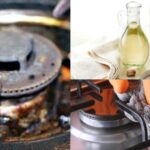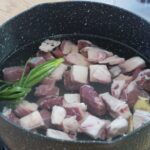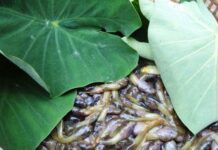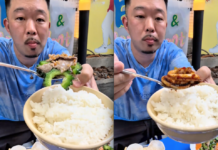**Tips for Opening Glass Jar Lids**
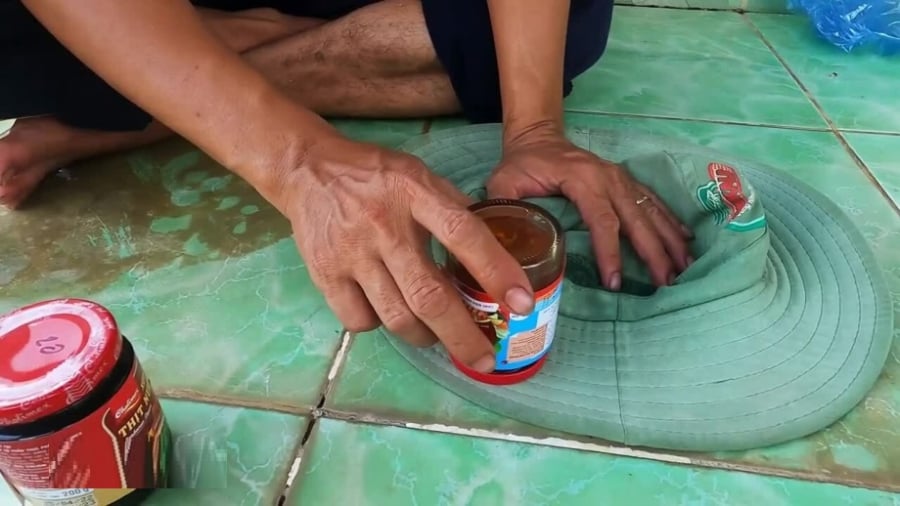
Glass jars and bottles that contain food like sauces, jams, and pickled cucumbers often challenge homemakers due to their vacuum-sealed lids.
It can be a real challenge to open these jars and bottles by hand without specialized tools. Some common tips include soaking the lid in hot water, using a hairdryer or open flame (exploiting the different expansion coefficients of metal and glass), or tapping with a spoon. However, these methods are often time-consuming, tricky, and not very successful.
There’s a much simpler trick that even a child can do in just a few seconds. Simply place a cloth (or sponge) over the lid, turn the jar upside down, and give it a good whack two or three times.
Opening Glass Jars with Hot Water
First, boil some water to a temperature of around 50°C (122°F). Then, invert the glass jar or bottle and pour the hot water over the lid, making sure it’s fully submerged. Let it soak for about 1-2 minutes, and the lid should loosen, allowing you to twist it open easily.
Note: Be careful not to pour water above the lid, as it may seep into the food inside the jar.
Opening Glass Jars with a Hair Dryer
This method is particularly effective for small oil bottles with tightly sealed lids. Simply turn on your hairdryer to the heating setting and direct the hot air onto the lid for 3-5 minutes. Then, twist the lid open while it’s still warm.
Opening Glass Jars by Tapping the Lid
Using a wooden spoon, gently tap the lid for 5-7 minutes. This creates pressure on the lid and helps break the vacuum seal. Hold the jar with your less dominant hand and use a spoon, fork, or wooden spatula to gently tap the bottom of the jar with moderate force. You should hear a ‘pop’ sound, indicating that the lid has loosened and can now be opened with ease.
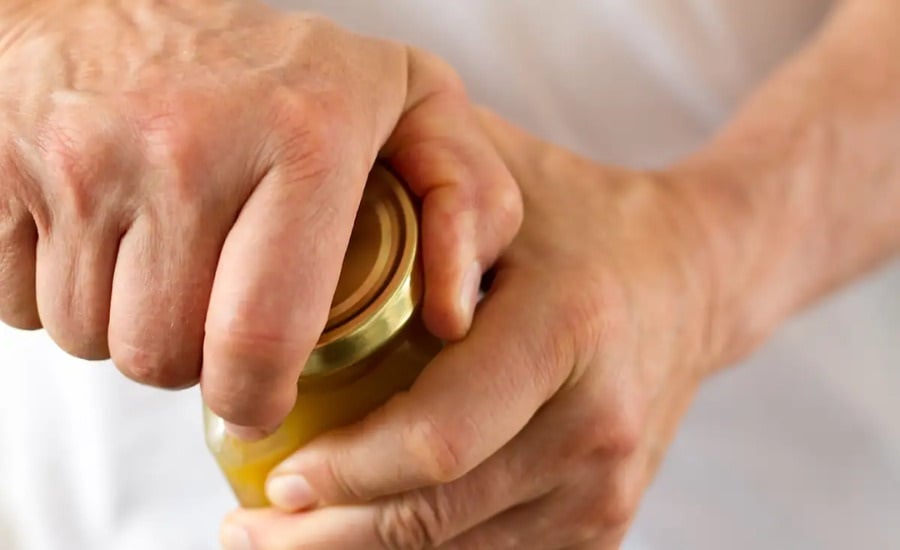
Keep tapping until you hear a ‘pop,’ and then it should open effortlessly.
– Do not use your teeth to open jars, as it may cause dental damage.
– Ensure your hands are completely dry before attempting to twist the lid.
– Don’t overexert yourself; ask someone stronger for help if needed.
– Avoid using sharp objects like knife tips or scissors to open lids, as you may accidentally injure yourself during the process.
“The Great Pork Conundrum: Cold or Hot Water for the Perfect Chần?”
“When it comes to creating delectable pork dishes, blanching the meat is a crucial step that cannot be overlooked. But the question remains – should you use hot or cold water for this process? Getting this step right is essential to ensuring your pork is not only free from any unpleasant odors but also remains moist and tender during cooking. Many home cooks and chefs alike have grappled with this very dilemma, striving to perfect their pork preparations.”



























